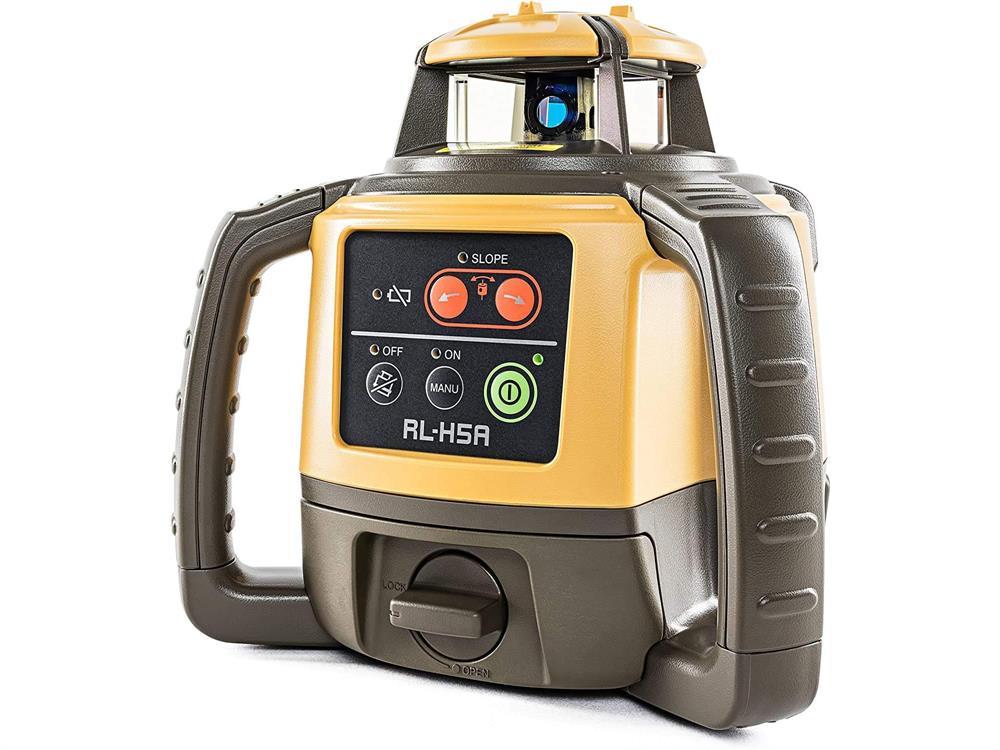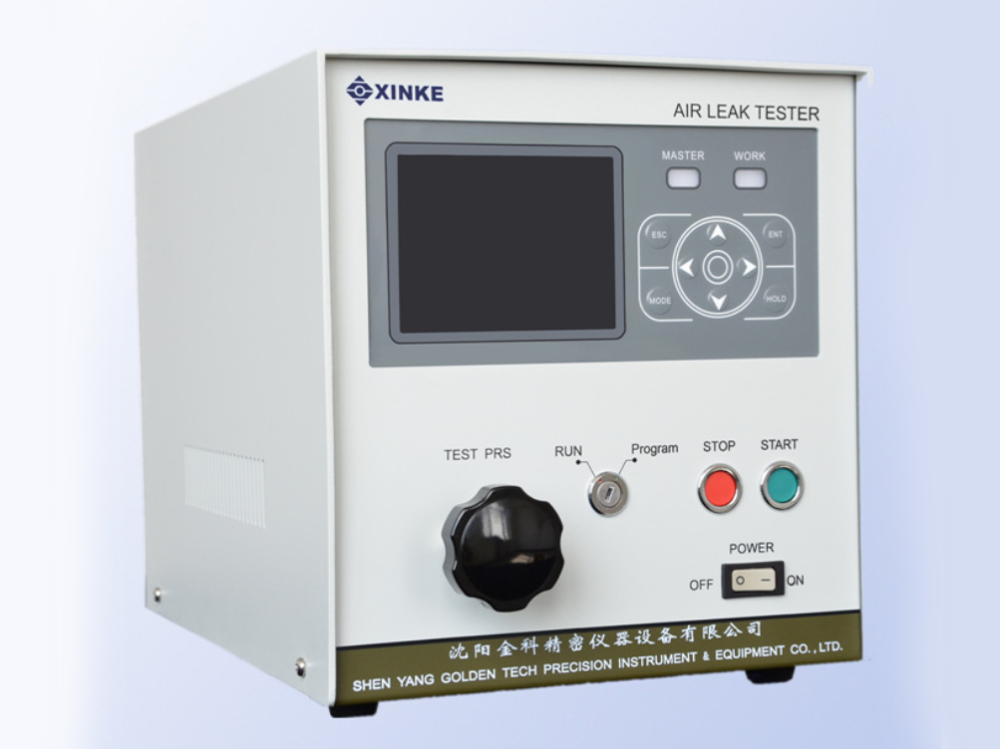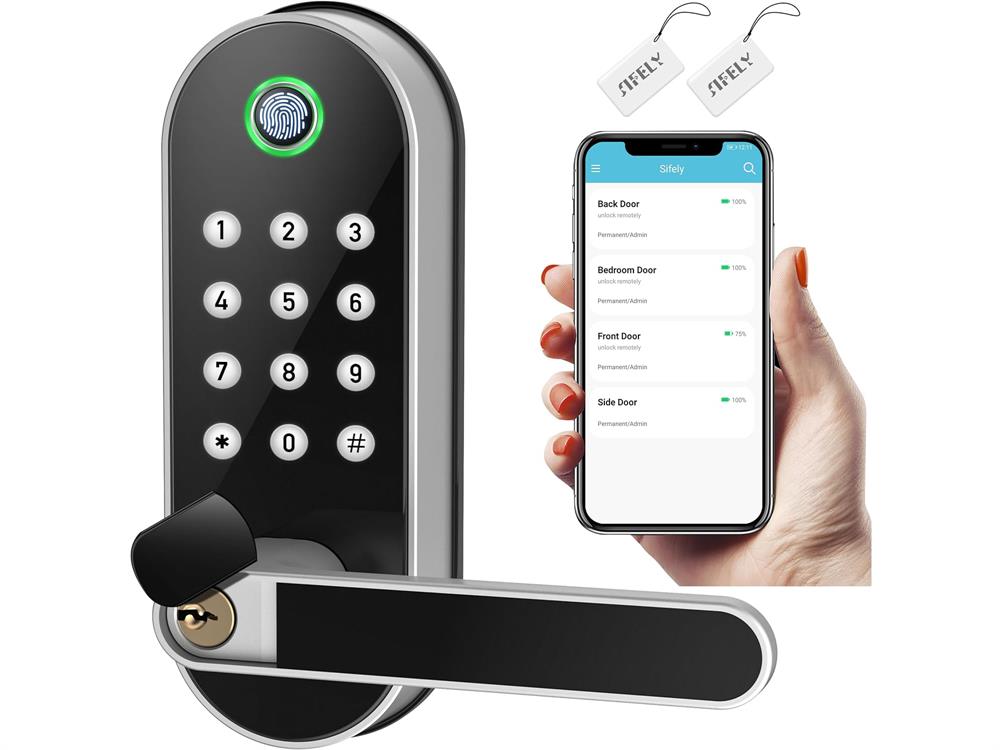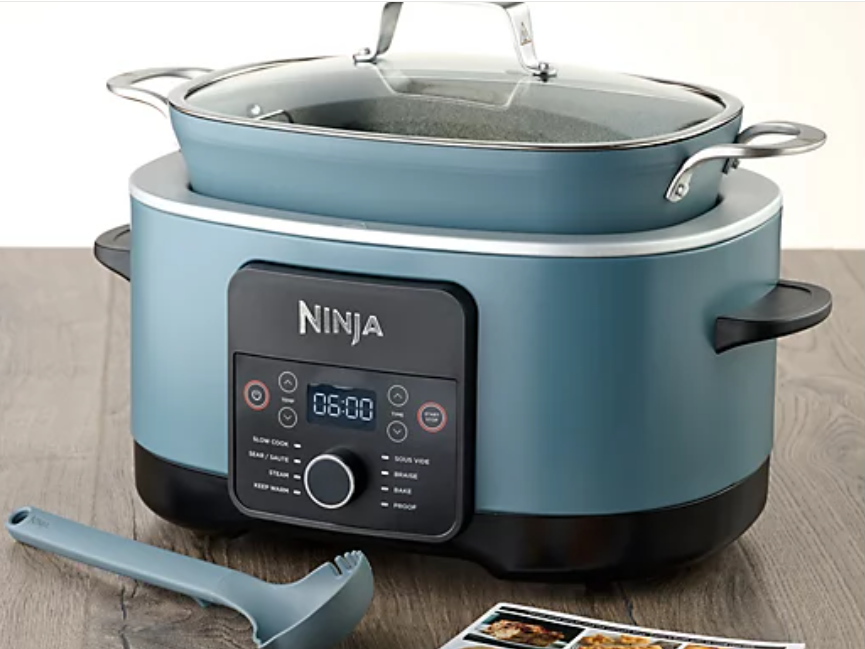We are not just a membrane switch factory, but also a service provider dedicated to solving various terminal human-machine interface issues for customers. In order to meet the diverse needs of our customers, we also offer related services to many clients. Some common supporting components include:
Metal Backer
Metal backer are commonly used to provide support, dissipate heat, secure, and protect the rear structure of an electronic product or device, preventing deformation or damage during transportation or use. The common types of metal back plates are as follows:
a. Aluminum backer plate: Aluminum backer plates are lightweight, have good thermal conductivity, and are often used in electronic products that require heat dissipation and overall weight reduction.
b. Stainless steel backer plate: Stainless steel backer plates are corrosion- and abrasion-resistant, and are commonly used in electronic equipment that requires corrosion resistance and high-strength support.
c. Copper backer plates: Copper backer plates possess excellent electrical and thermal conductivity and are typically utilized in high-frequency electronic products or devices that necessitate effective heat dissipation properties.
d. Titanium alloy backer plate: The titanium alloy backer plate offers high strength, light weight, and corrosion resistance, making it suitable for applications where both product weight and corrosion resistance are important.
e. Magnesium alloy backer plate: Magnesium alloy backer plates are lightweight, possess good strength and corrosion resistance, and are commonly utilized in electronic products that necessitate a lightweight design.
f. Steel backer plate: A steel backing plate typically refers to a backing plate made of carbon steel, alloy steel, or other materials that possess high strength and toughness. It is commonly used in situations where strong support is needed.
Plastic enclosure
Plastic enclosure in electronic products serve not only to provide protection and mechanical support, but also enhance the overall quality and performance of the product through design aesthetics, insulation protection, waterproofing, and dust-proofing features. Common plastic chassis include:
a. ABS Enclosure: ABS is a commonly used plastic material known for its good impact strength and abrasion resistance. It is frequently utilized in the production of chassis for household appliances, electronic products, and various other industries.
b. PC Enclosure: PC (polycarbonate) is a reinforced plastic material with high strength, heat resistance, and weather resistance. It is commonly used in the manufacturing of electronic product chassis that require impact resistance and high temperature tolerance.
c. Polypropylene (PP) Enclosure: Polypropylene (PP) is a lightweight, high-temperature-resistant plastic material commonly used in disposable packaging, electrical enclosures, and other industries.
d. P PA Enclosure: PA (polyamide) is a high-strength, abrasion-resistant plastic material commonly used in the manufacturing of housings that require resistance to abrasion and heat.
e. POM Enclosure: POM (polyoxymethylene) is an engineering plastic known for its combination of toughness and rigidity. It is commonly utilized in electronic product chassis that necessitate abrasion resistance and high temperature resistance.
f. PET Enclosure: PET (polyethylene terephthalate) is a highly transparent and chemically resistant plastic material commonly used in the manufacturing of chassis that need a transparent appearance.
g. PVC Enclosure: PVC (polyvinyl chloride) is a commonly used plastic material with good weather resistance and electrical insulation properties. It is commonly used in the manufacturing of electronic product housings.
Depending on the requirements and intended uses of various products, appropriate plastic enclosure materials can be chosen to produce housings that meet the performance and aesthetic requirements of the products.
Flexible Circuit Board (Flex PCB/FPC): Flexible circuit boards are made of soft polyester film or polyimide film, offering excellent flexibility and bendability. They can be used to connect a variety of electronic components in situations where space is limited and special shapes are required for electronic product design.
Rigid-Flex PCB: A Rigid-Flex PCB combines the features of rigid boards and flexible circuit boards to provide both rigid support capabilities and flexible design requirements.
Printed Circuit Board (PCB): A printed circuit board is an electronic assembly based on conductive lines and components for wiring design, typically made of rigid materials.
Conductive Ink: Conductive ink is a printing material with conductive properties that can be used to print flexible conductive lines, sensors, antennas, and other components.
RF Antenna: An RF antenna is an antenna element used for wireless communication. Some RF antennas adopt a flexible design, such as patch antennas, flexible PCB antennas, and so on.
Touch screen: A touch screen is an input device that controls and operates equipment through human contact or touch. Common types include resistive touch screens, capacitive touch screens, and others.
Glass panels: Glass panels are commonly used for display screens, panel housings, and other applications. They offer a high level of transparency and hardness, enhancing the visual appeal and texture of the product.
Conductive film: Conductive film is a thin film material with conductive properties that is commonly used on the surfaces of glass, plastic, fabric, and other substrates. It is utilized to create conductive touch panels, circuits, and other applications.
Silicone Keypad: A silicone keypad is a type of keypad made from silicone rubber material with soft elasticity and durability. It is commonly used in remote controls, gamepads, and other products.
Capacitive sensing keys: Capacitive sensing keys are used to enable touch operation by detecting changes in capacitance from the human body. These keys have higher sensitivity and trigger product operations by sensing the user's touch. They are commonly used in high-end touch control equipment.
Label: A label is a form of identification that is attached to a product or item to show product information, prices, barcodes, and other details. Similar to a nameplate, labels are typically made of materials like paper, plastic, or metal.
A label is typically a plastic product that is engraved with text, patterns, and other information to identify a specific location, device, or item, similar to the function of a nameplate.
Stickers: Stickers are paper or plastic patches printed with text, patterns, and other content. They are commonly used in packaging to display the brand, warning information, product introduction, and other content, similar to the function of a nameplate.
Wire: Usually refers to a group of wires with rows of pins or rows of seats arranged in parallel with a certain degree of curvature, suitable for situations where connections are needed at various angles or in different spaces.
Ribbon Cable: Ribbon cable is a type of cable that consists of wires arranged in parallel. It is commonly used for making connections within internal electrical and electronic equipment.
We offer the aforementioned supporting components based on the customer's requirements to fulfill their overall product demand experience.





